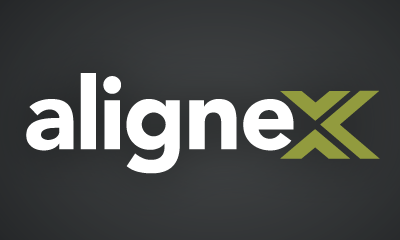How to Activate Realview Graphics in SOLIDWORKS
If you’re like me, you enjoy being able to create and test out your new idea in SOLIDWORKS before ever having to create a prototype. After all your hard work, you’re ready to show off your design in a meeting with the rest of your team. However, the image on the screen doesn’t quite match the image your team has in mind, aesthetically. It’s not quite as realistic as they imagine it will be when the physical parts are made. Maybe the Marketing team was hoping for something a little shinier, maybe in a different color. What if there were tools at your disposal that would make your hard work ‘pop’ without running a separate piece of software? That’s where the RealView graphics options directly within SOLIDWORKS comes in.
RealView Graphics is the hardware support of advanced shading in real time. That means that your graphics card is doing the work for you as you spin your model, applying a more realistic model display. In contrast, when you move to PhotoView 360, the final render is where the realism comes in and the render is of a static/fixed view.

The View Settings menu in the Heads-Up toolbar is where you will find the options for RealView Graphics.

RealView Graphics Options from the SOLIDWORKS Heads-up Toolbar.

Example of a model with of the View Display enhancements turned off.

Appearances have been applied to parts, using the options from the Appearances, Scenes, and Decals toolbar in the Task pane toolbar.
RealView displays scenes, self-shadows from first directional light and environment reflections. It will be the most graphics-intensive tool as your graphics card will be constantly updating the model and background as you move the model.

RealView turned on (note some reflections are visible on parts with chrome appearance applied).

RealView turned off for comparison.
Shadows in Shaded Mode – Turning this feature on will add shadows to your part. This feature will be unavailable in Large Assembly Mode.

RealView plus Shadows in Shaded Mode enabled. Shadows appear in the scene, along with some reflection from the ‘floor’ of the model view.
Ambient Occlusion is a lighting method which adds realism by controlling the appearance of the ambient light. A simple way of explaining this is how a model might look on a cloudy day.

RealView, Shadows, and Ambient Occlusion applied. Note slight changes in lighting due to shadows and ‘cloudy’ appearance.
Perspective – I hope I’m not the only one that was amazed by how my models appeared when I toggled this feature on and off. Right out of the box, we aren’t designing in SOLIDWORKS as we would normally see with our own eyes. You see the difference when you turn on Perspective. Parts and assemblies will appear ‘tapered’, as they would in real life. You will find this feature, much like RealView can put a strain on your graphics card as you spin a complex model or assembly since the part needs to be ‘redrawn’ to correct for your point of view.

Perspective OFF.

Perspective ON
The image is taken from the same angle but the far end of the part appears ‘smaller’ as it would in real life from this angle.
Cartoon – This feature was new in SOLIDWORKS 2016 and the name is exactly what it means. The software will soften the appearance of faces and edges, giving your models a ‘cartoon-like’ effect.

Cartoon appearance-only. Note the ‘light’ reflecting on the brake disc is different than in the RealView version.

RealView turned off for comparison.
You might notice, some of the tools will become unavailable, occasionally with Perspective being the only option available. Since these options affect performance, the options become unavailable as the complexity of your assembly and/or part increases. As an example, Shadows in Shaded Mode is unavailable when in Large Assembly Mode.

An assembly opened in Large Assembly Mode, only Perspective view is available in the View Settings menu.
The options in the View Settings menu give you the flexibility to add realism to your models while working in SOLIDWORKS. You can leverage these tools to gain a perspective into how your finished product might look. You can compare coatings (automotive spray paint vs powder coat), compare material appearances (brushed aluminum vs polished aluminum), and maybe determine how light might reflect off of your model before moving into the prototype phase of product development. So, the next time you’re working on your new product in SOLIDWORKS, take a look at the tools in the View Settings menu and how they can change the appearance of your models.




